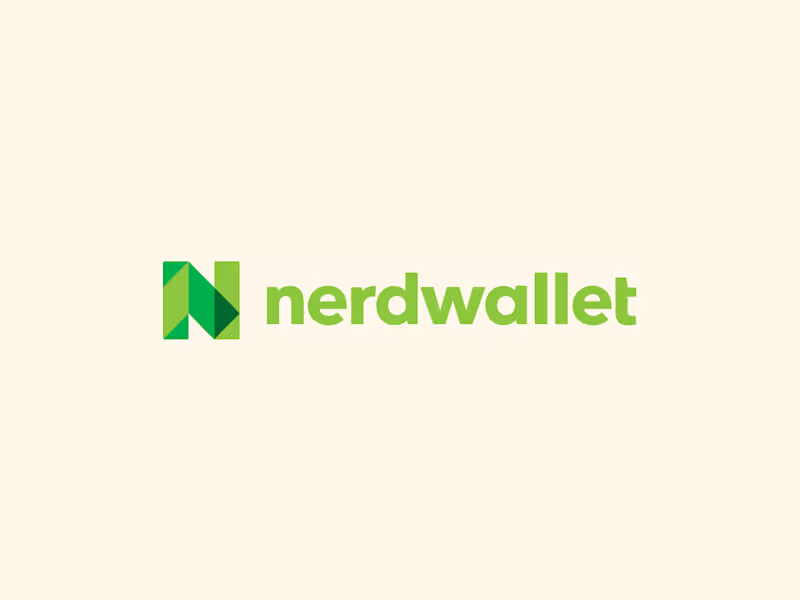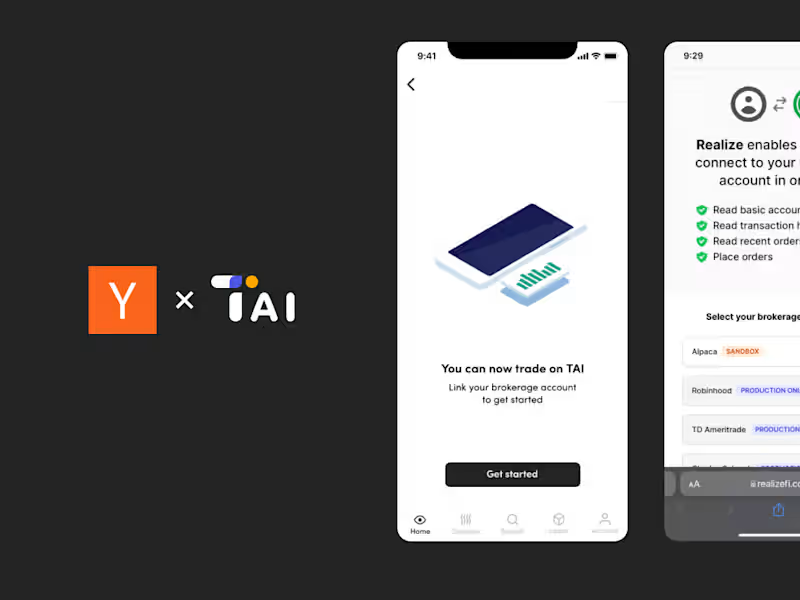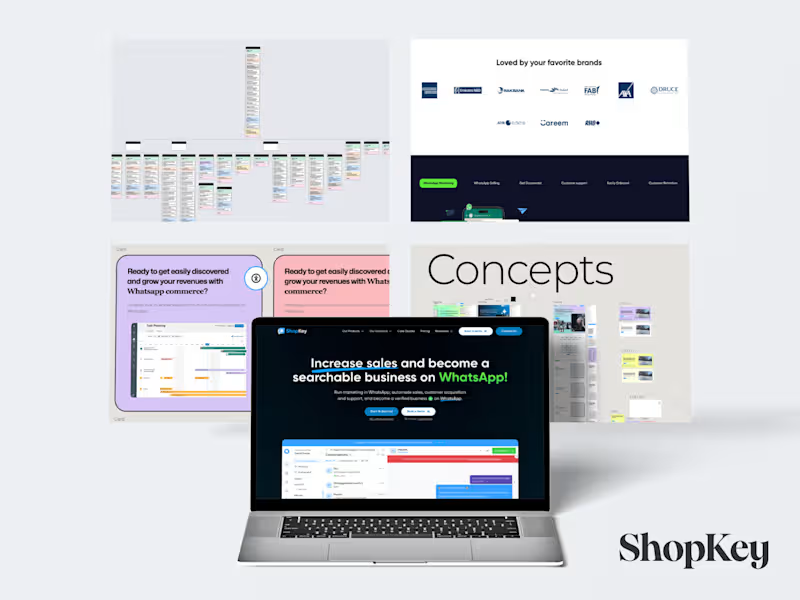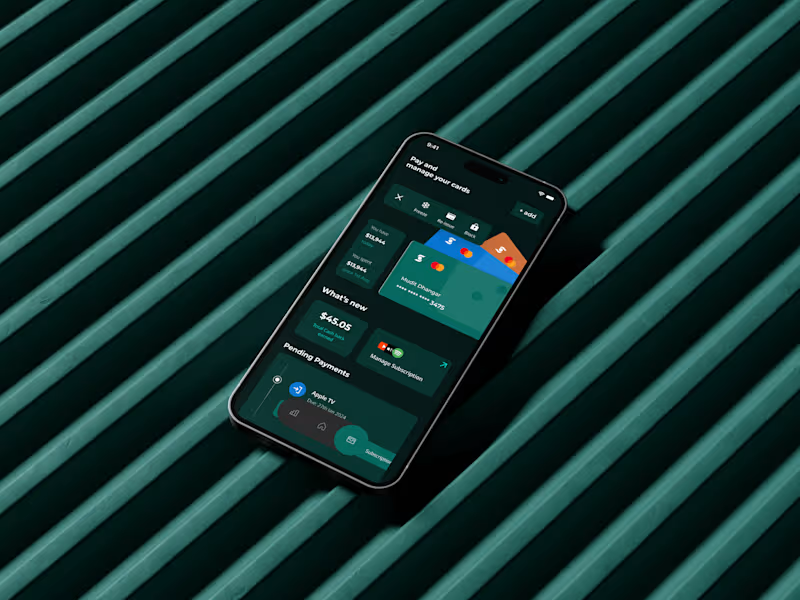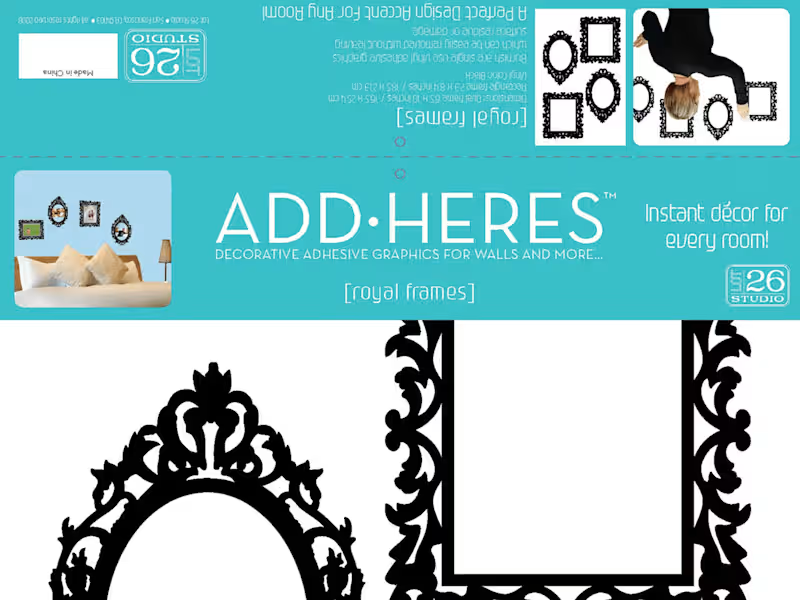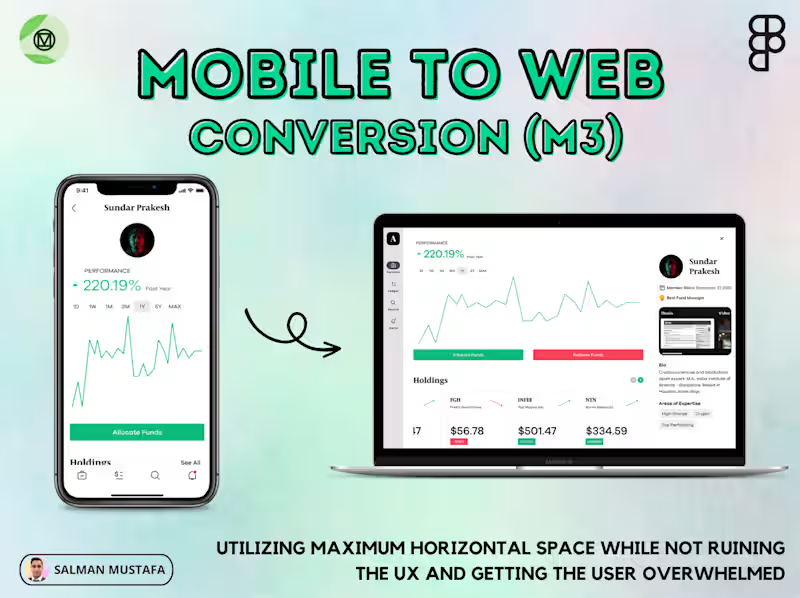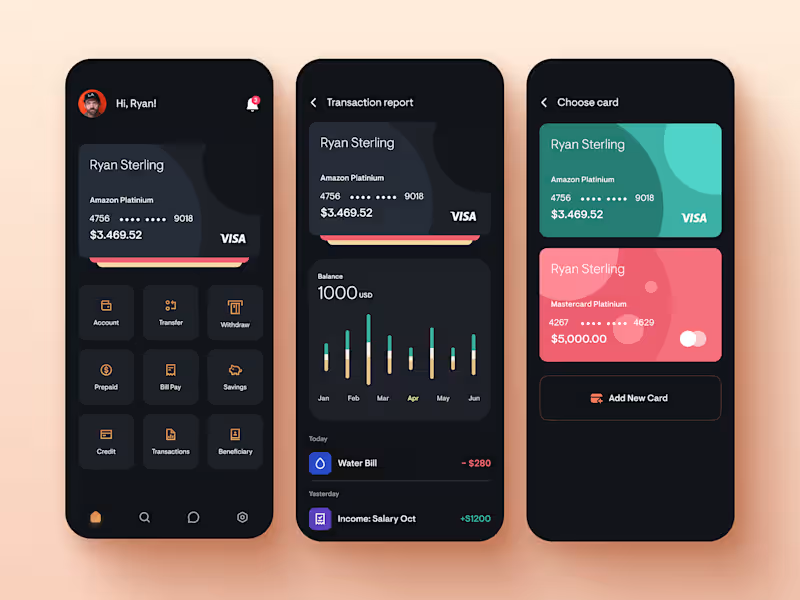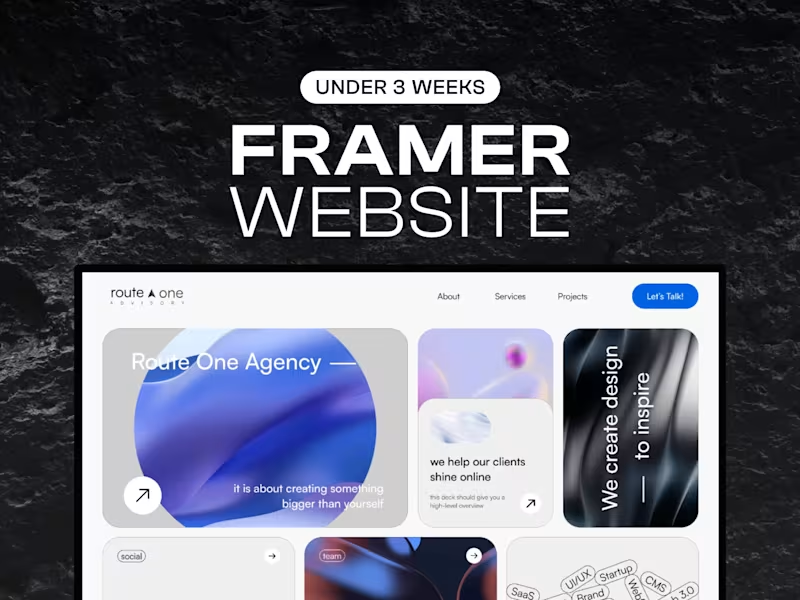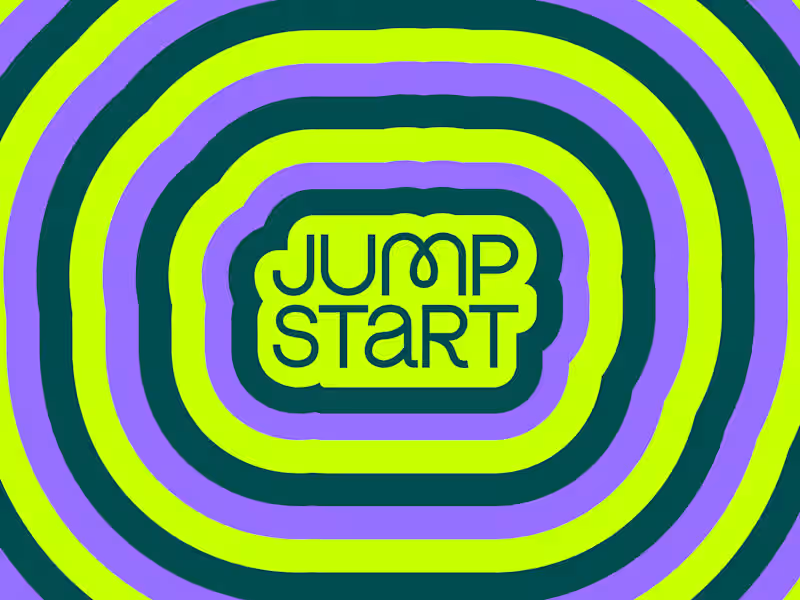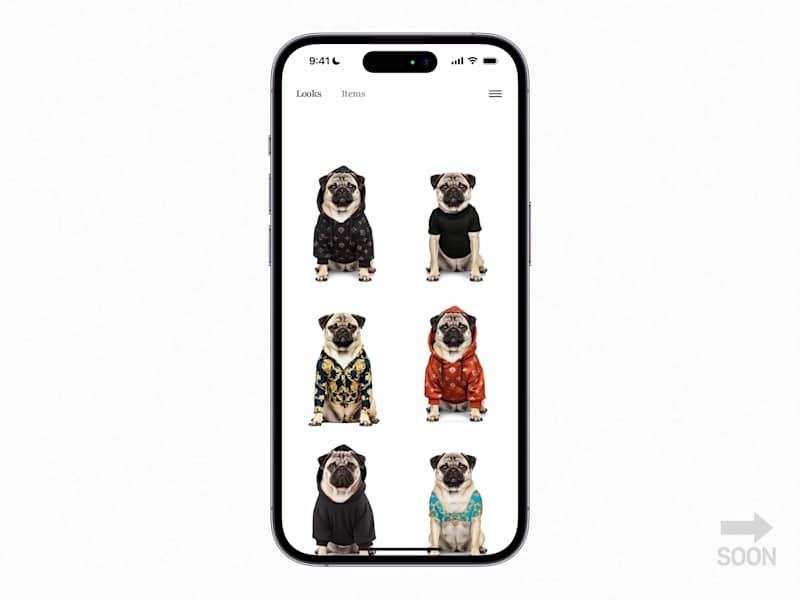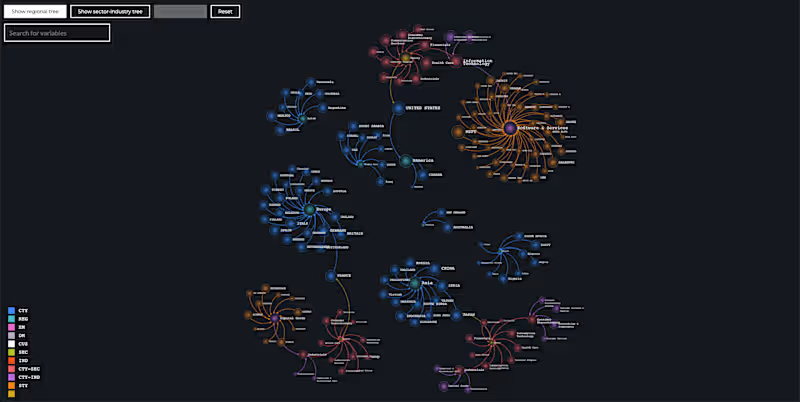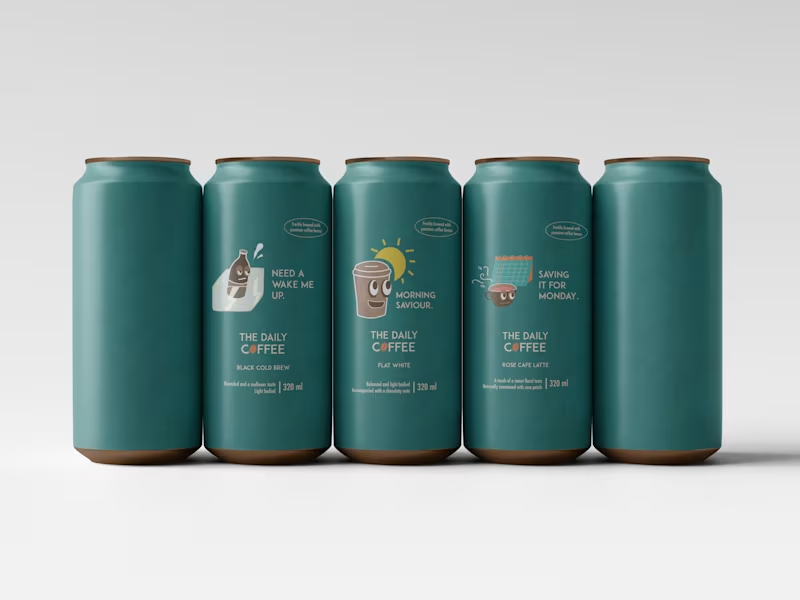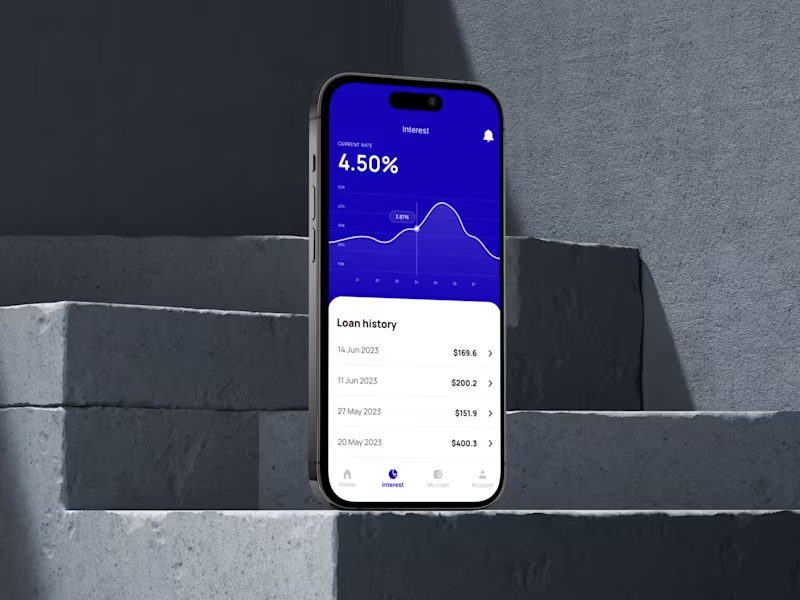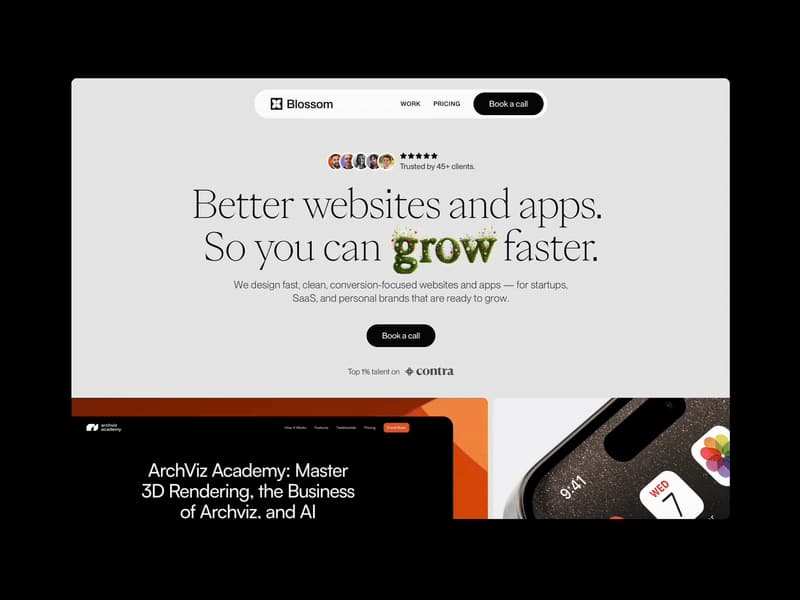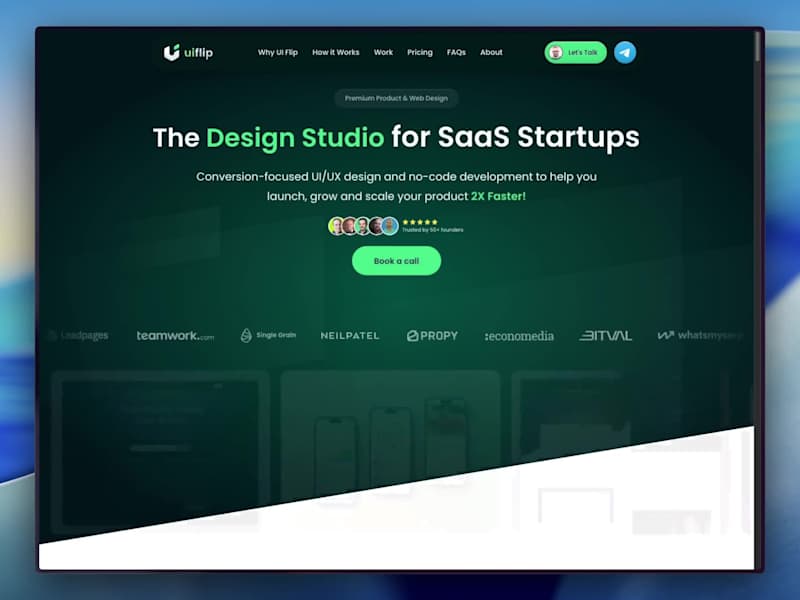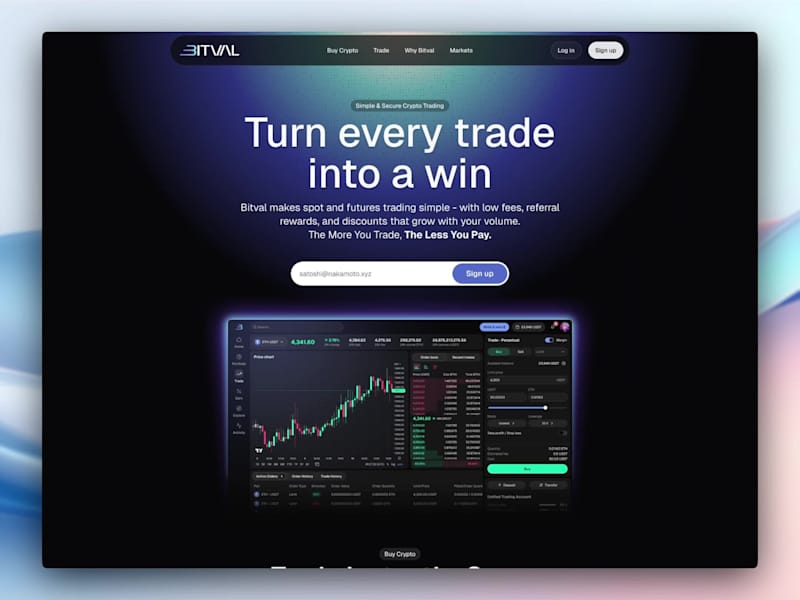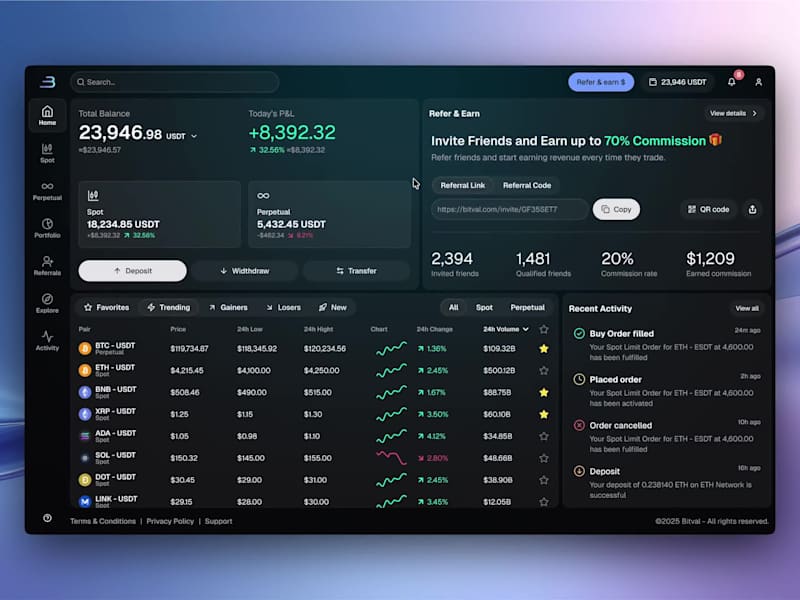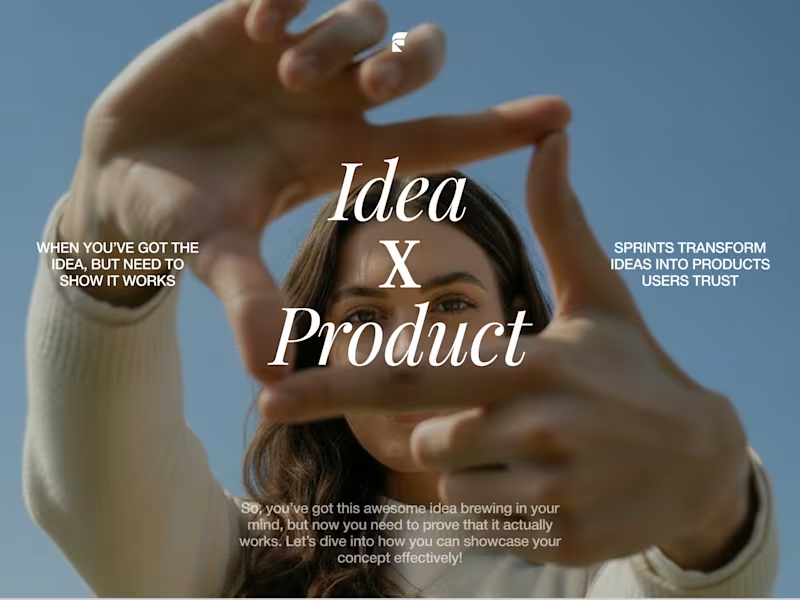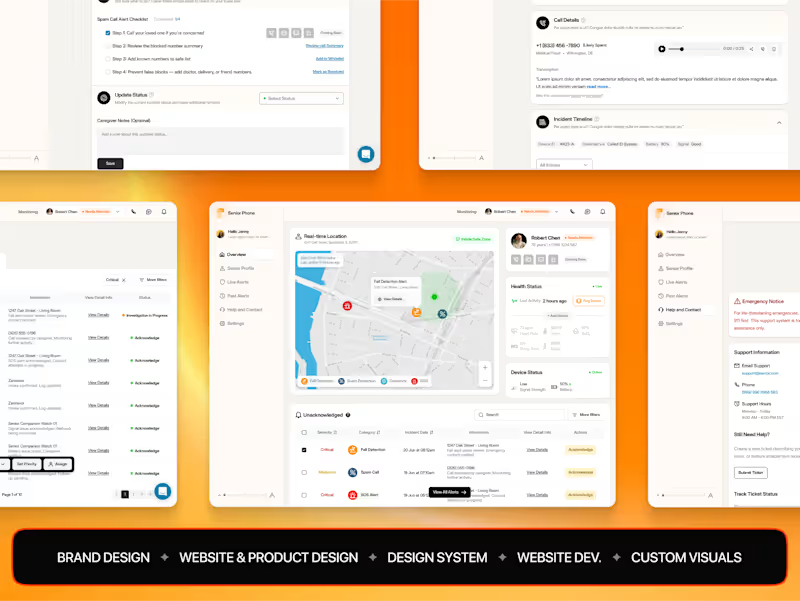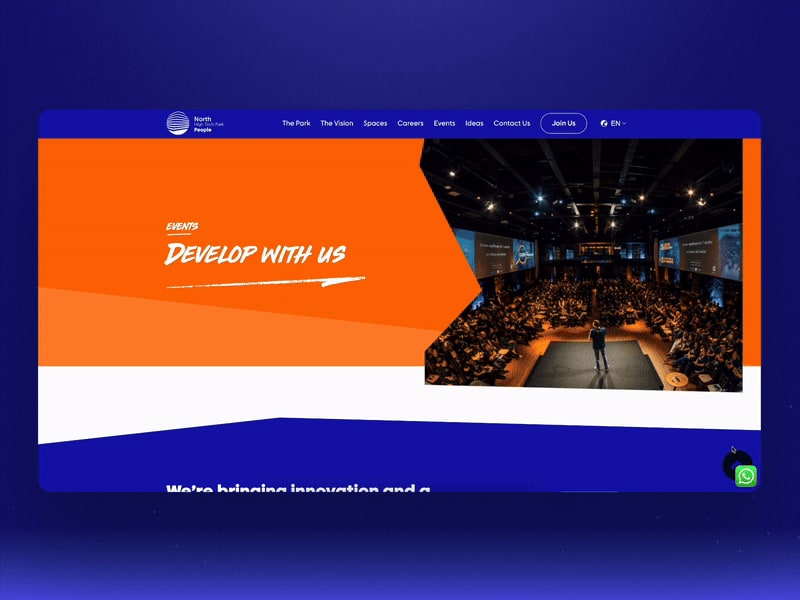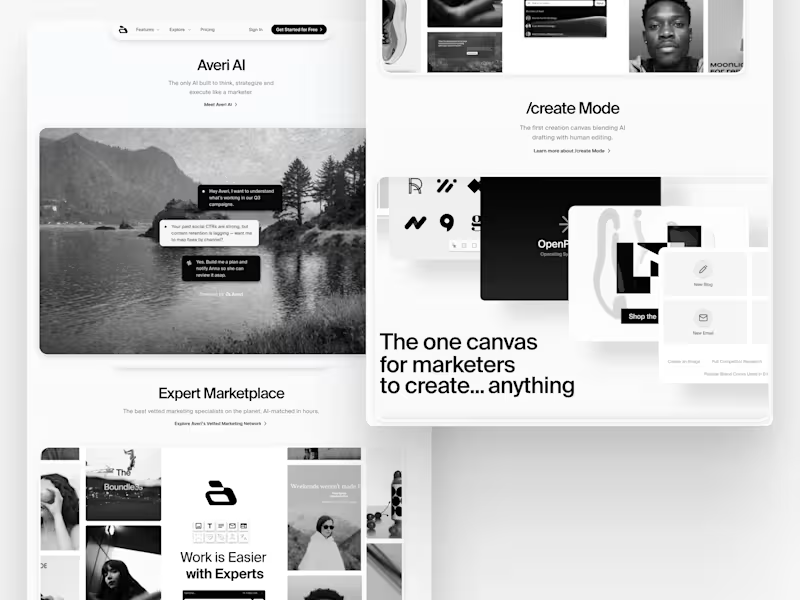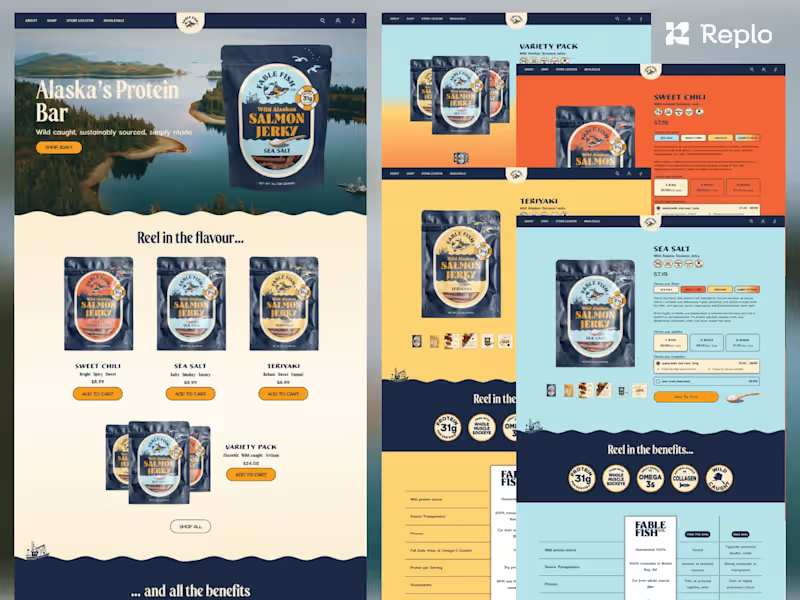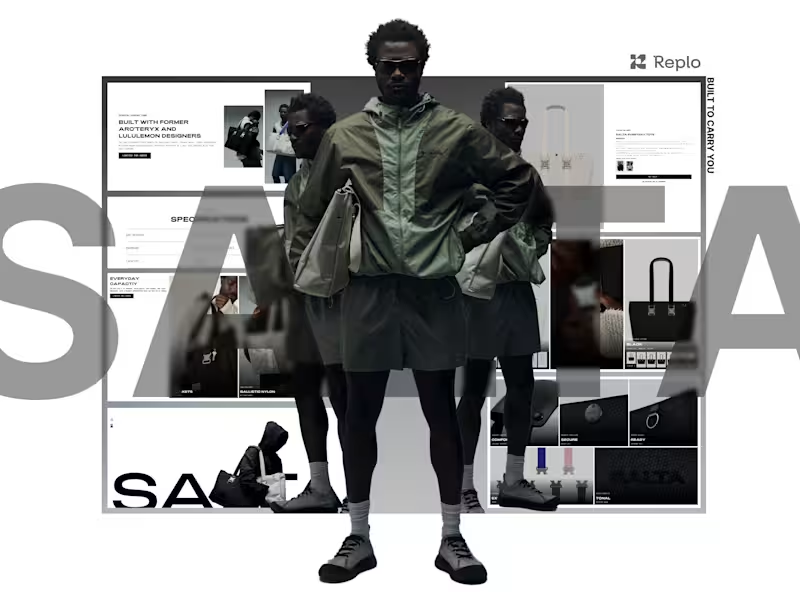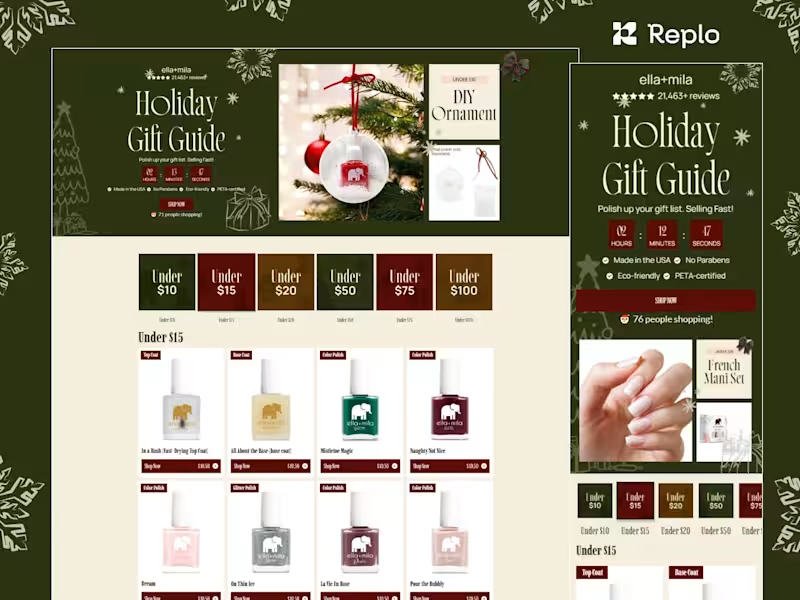What should I look for in a prototyper's portfolio?
Check if they have experience with the type of prototype you need. See if their style matches what you're looking for. Look for past work that shows they can solve problems creatively.
How can I be clear about my project needs?
Write down what you want your prototype to do. Make a list of features or functions that are important. Share examples of prototypes you like to help the prototyper understand your vision.
What's important in setting project milestones?
Break the project into smaller steps or tasks. Set deadlines for each milestone so you can track progress. Make sure each milestone has a clear outcome or deliverable.
How do I know if a prototyper understands my project goals?
After you share your project details, ask the prototyper to repeat it back to you. This can show if they understand what you're asking for. Look for signs that they're excited about your project.
What types of tools should the prototyper use?
Check if they're familiar with popular design tools like Figma or Sketch. Ask if they use any special software for prototyping. Make sure the tools they use are suitable for your project.
How do I agree on the final deliverables with the prototyper?
Discuss what you expect the final prototype to include. Write down the specific features or elements it needs. Confirm everything with the prototyper before they start working.
Why is setting a timeline for the prototype important?
A timeline helps keep the project on track. It makes sure both you and the prototyper know when each part is due. A clear timeline can also help you see if any changes are needed along the way.
When should I request a prototype revision?
Ask for revisions if the prototype doesn't match what you agreed on. If something isn't working right, let the prototyper know. Make sure to give feedback early so changes can be made smoothly.
What should I discuss in a kickoff meeting with the prototyper?
Talk about the project's goals and any important details. Go over the timeline and deliverables again. Make sure you both agree on how updates and feedback will be shared.
Who is Contra for?
Contra is designed for both freelancers (referred to as "independents") and clients. Freelancers can showcase their work, connect with clients, and manage projects commission-free. Clients can discover and hire top freelance talent for their projects.
What is the vision of Contra?
Contra aims to revolutionize the world of work by providing an all-in-one platform that empowers freelancers and clients to connect and collaborate seamlessly, eliminating traditional barriers and commission fees.
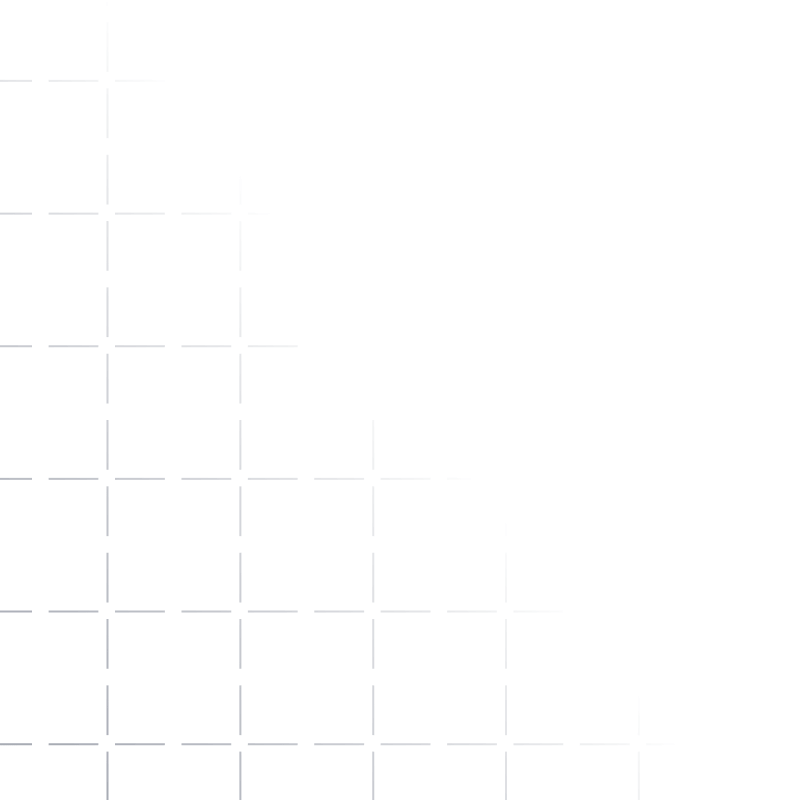
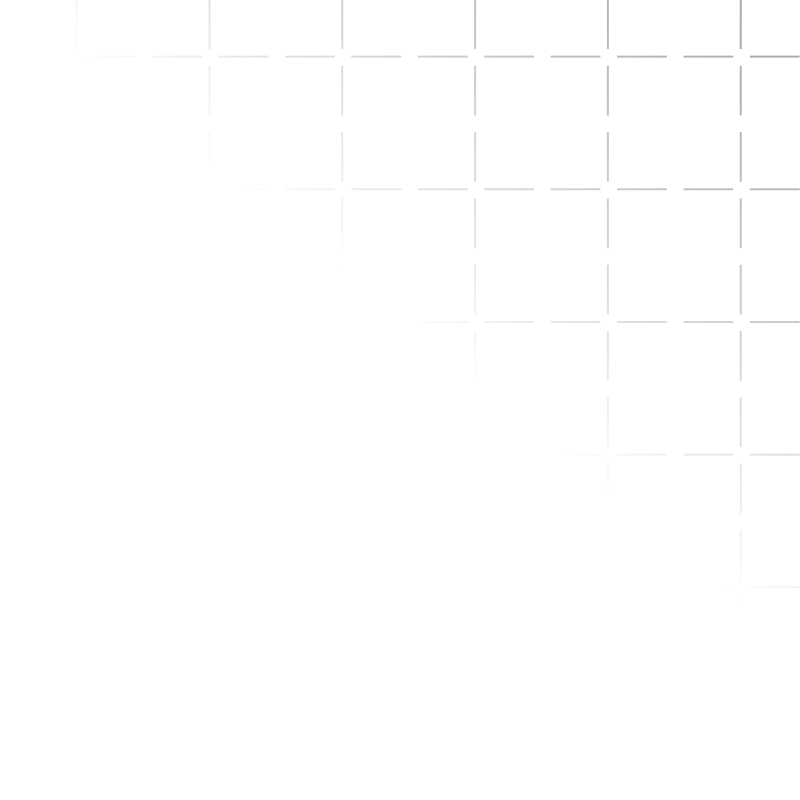






















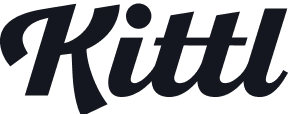






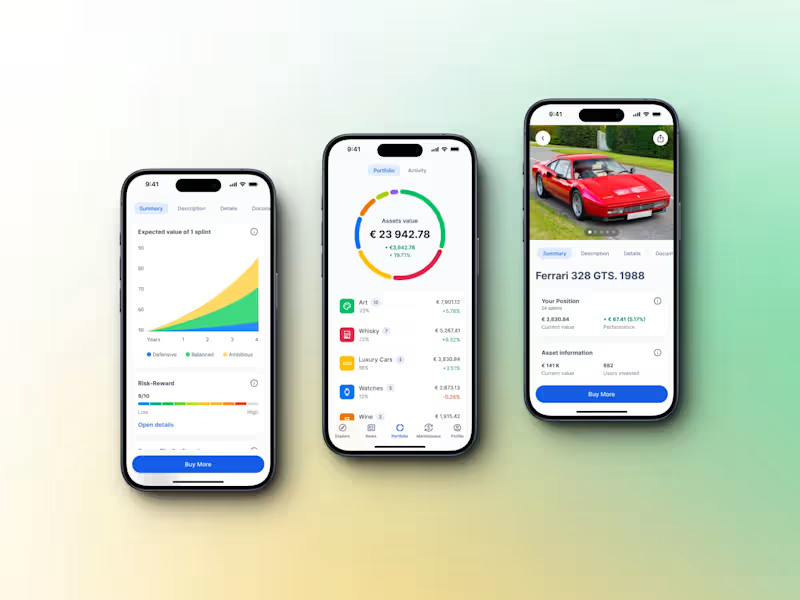
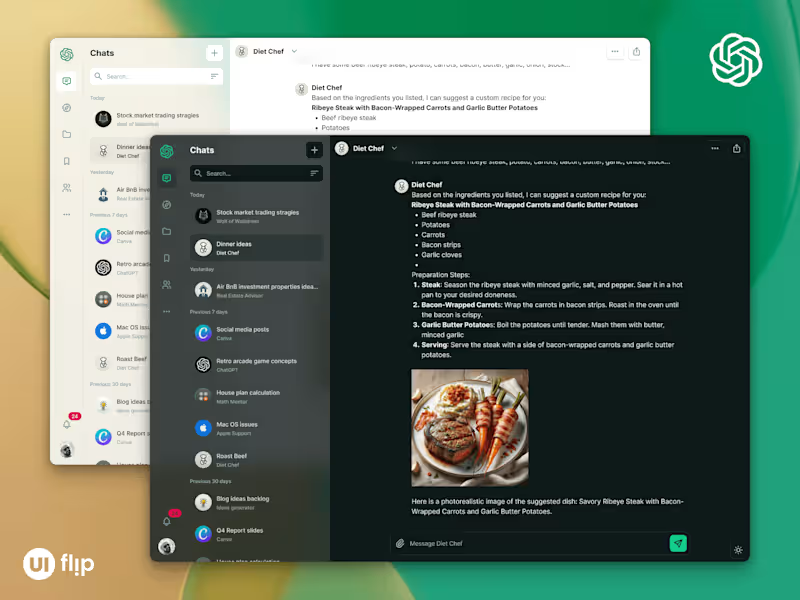

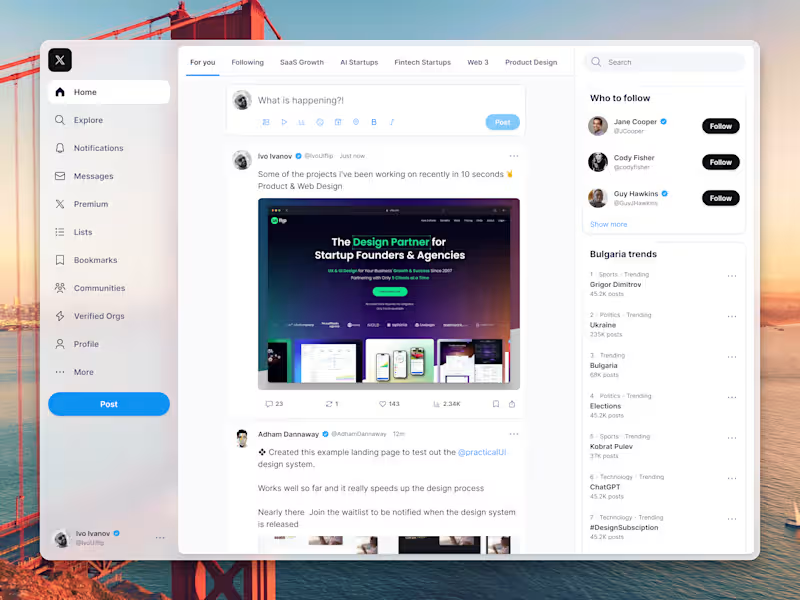
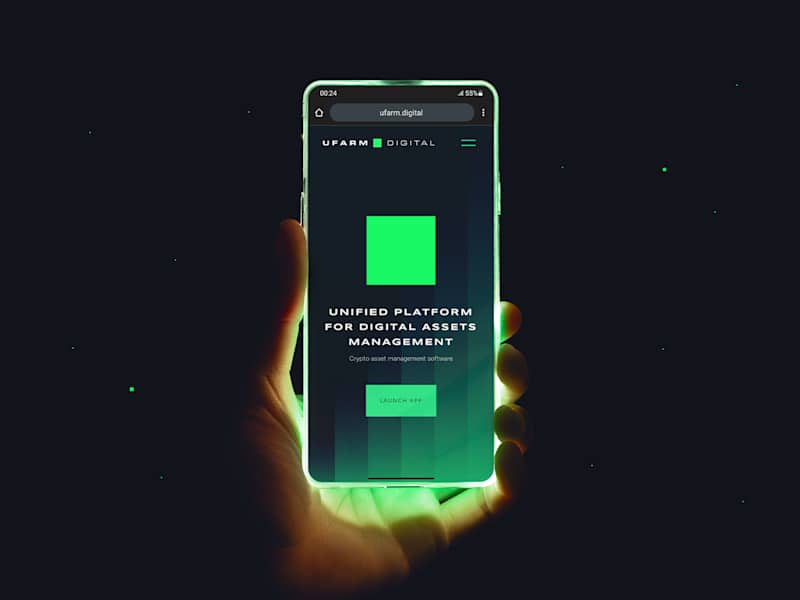
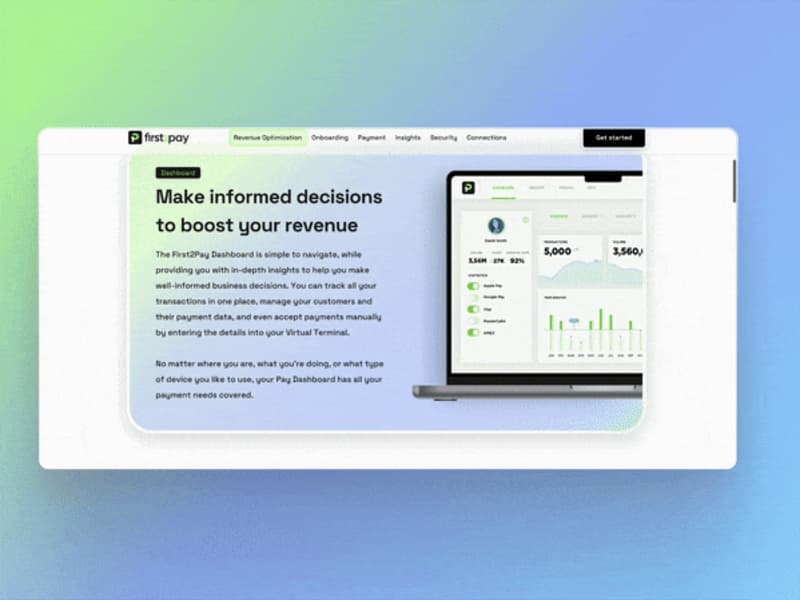

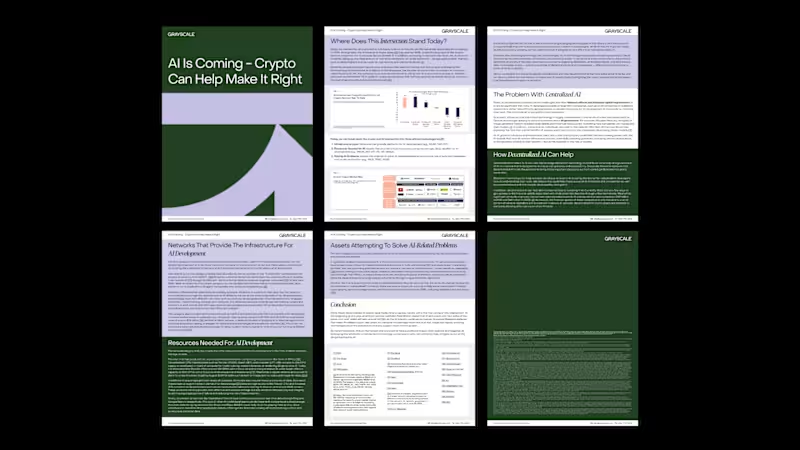


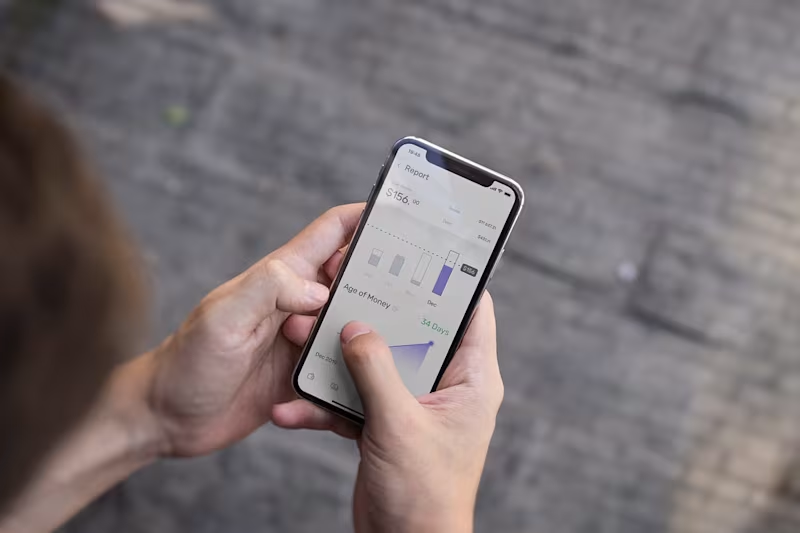

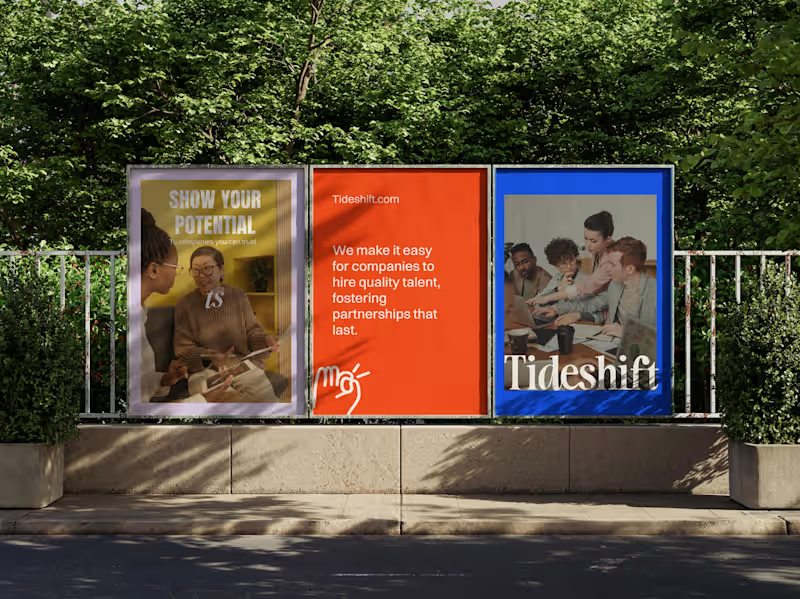
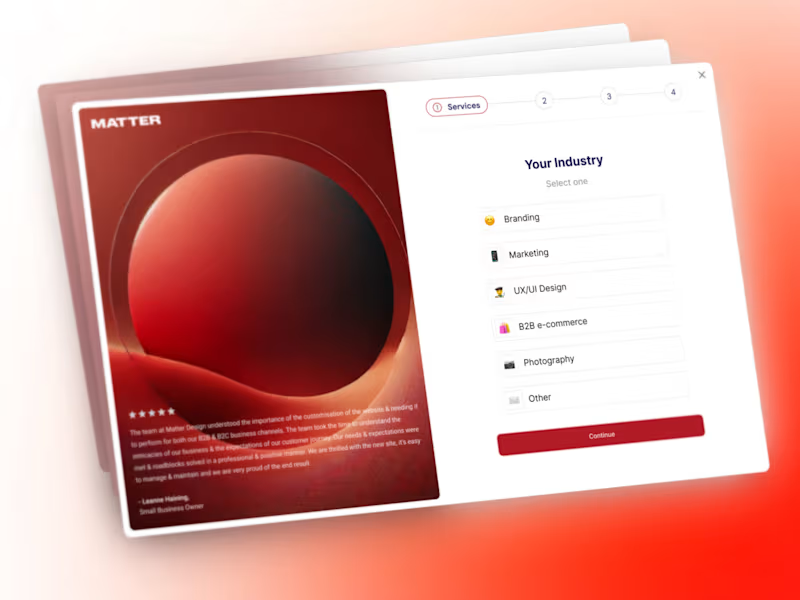
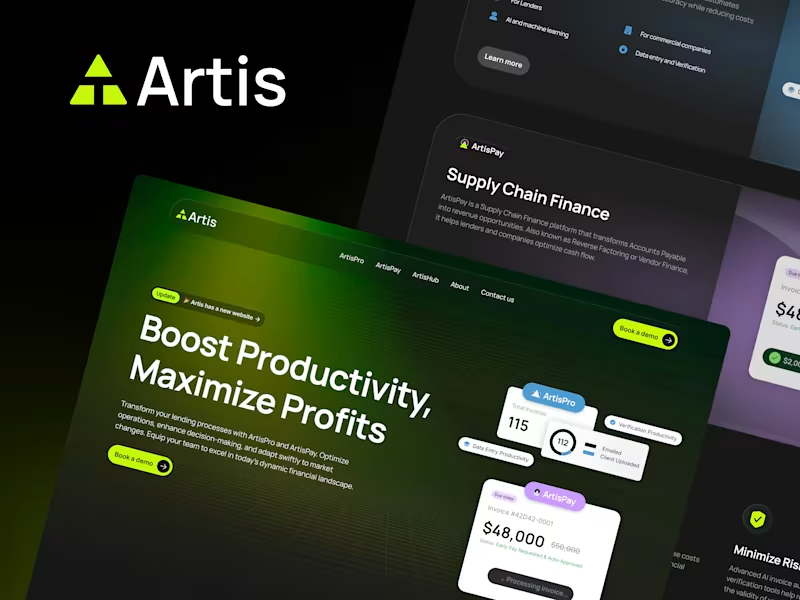
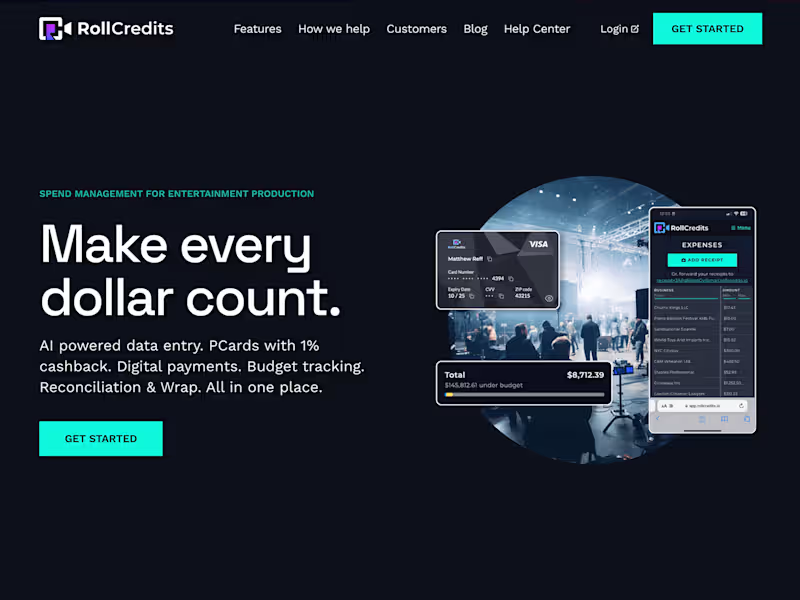
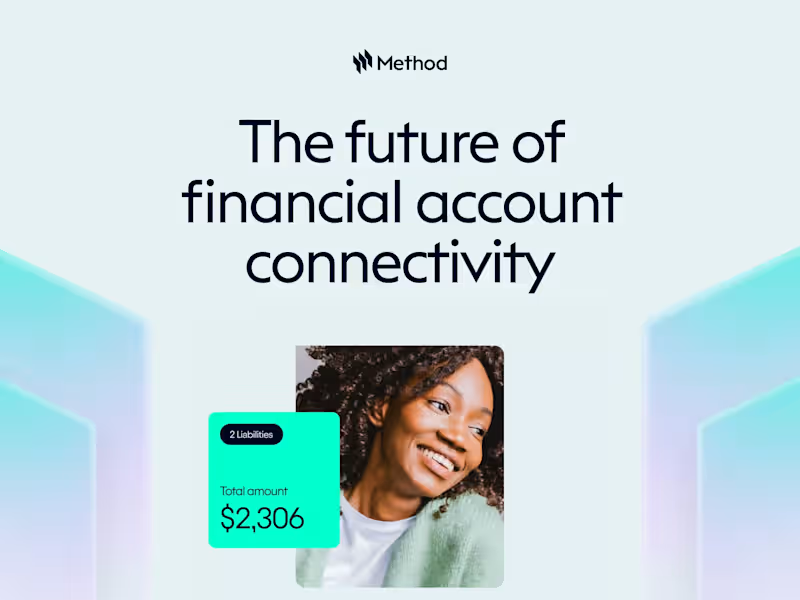
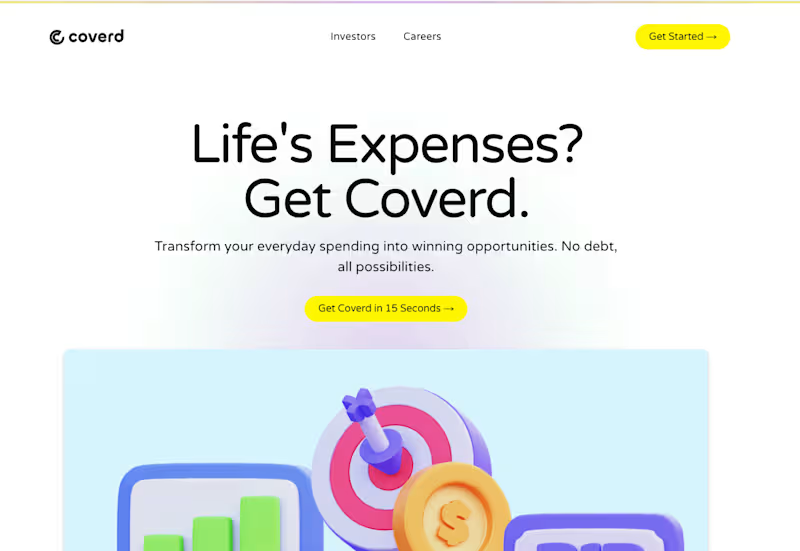


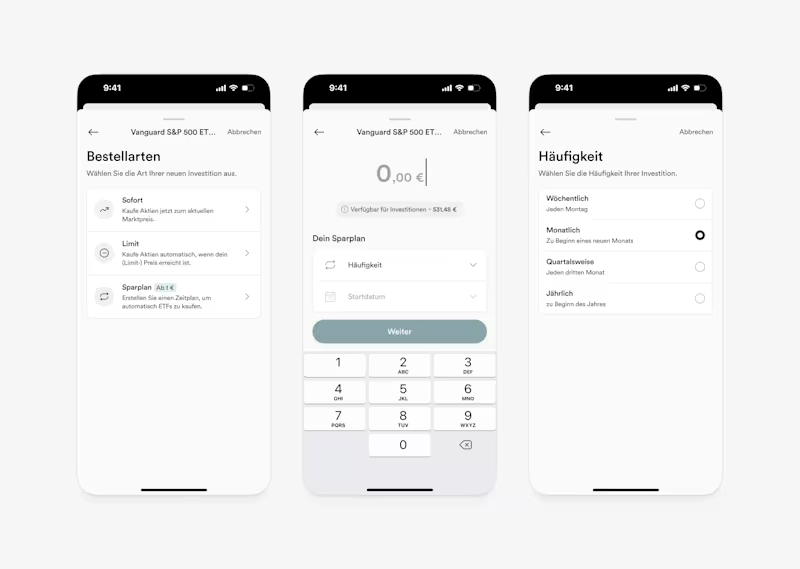
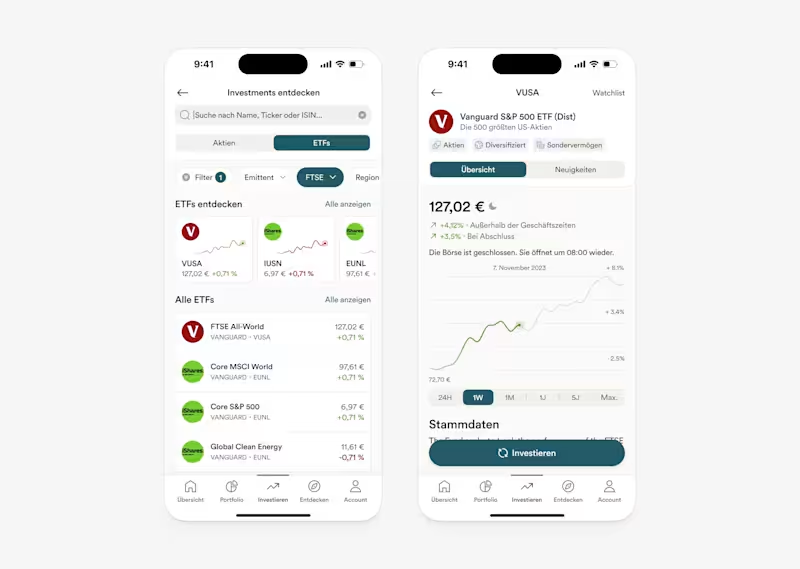
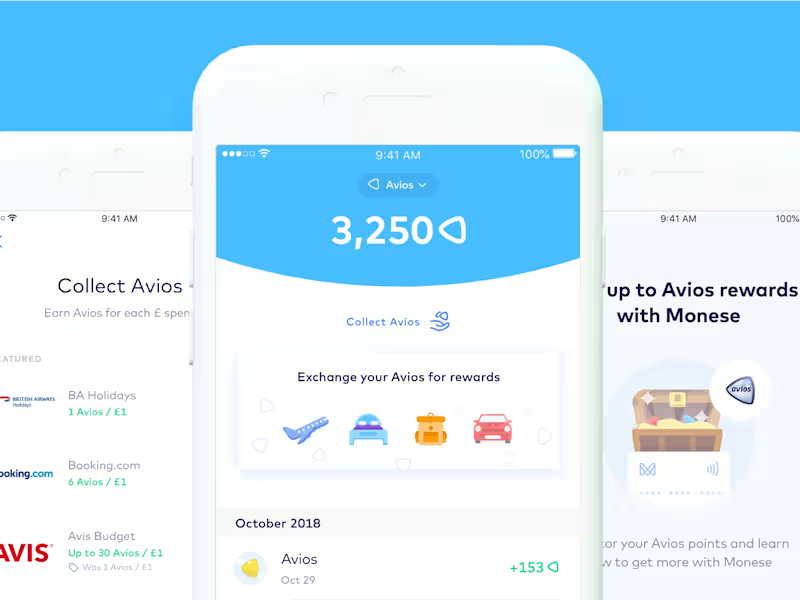
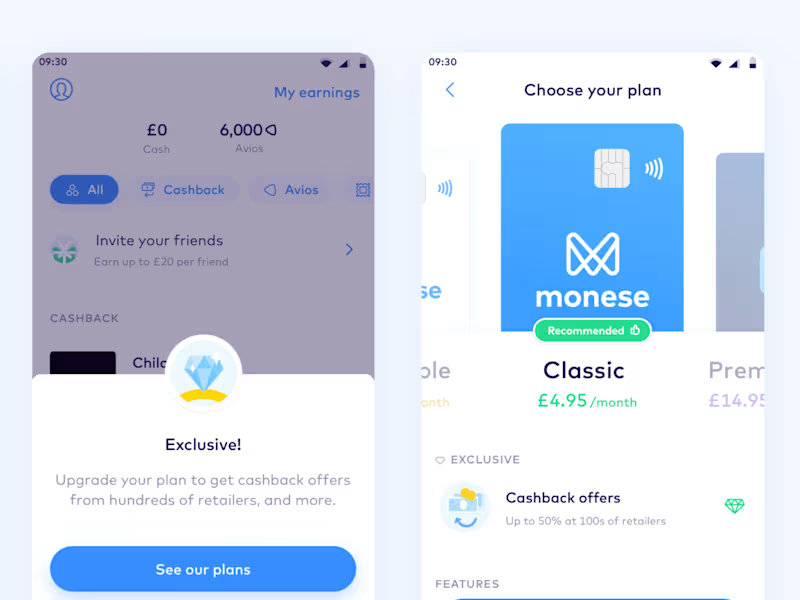
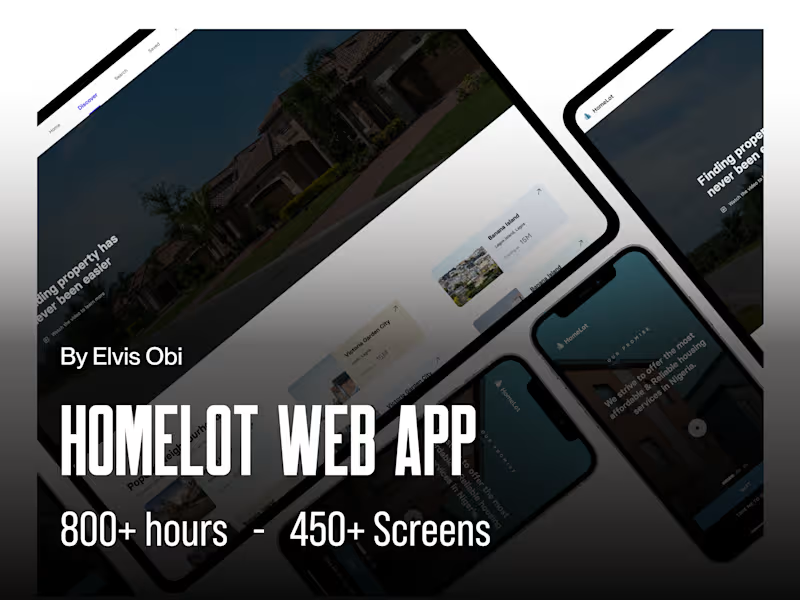
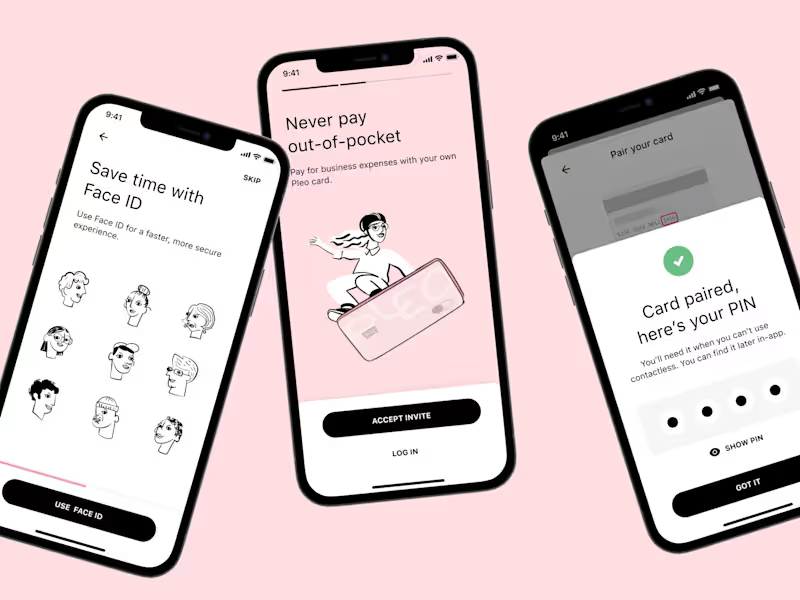


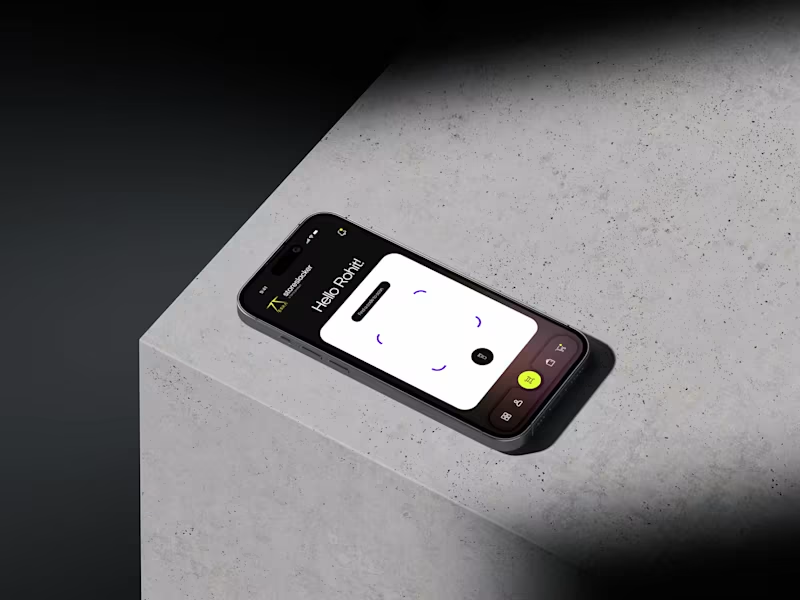

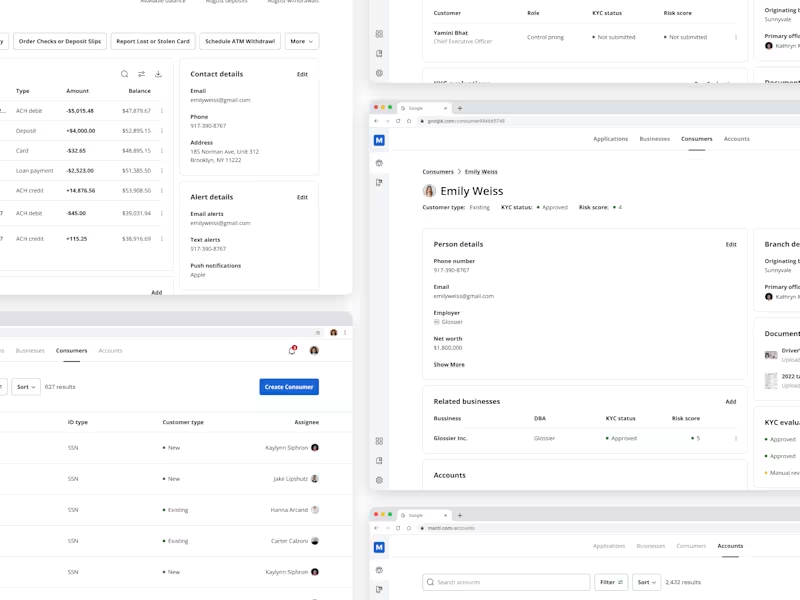
![Cover image for [Game Dev] Max Payne Style Camera](https://media.contra.com/video/upload/fl_progressive/w_800,q_auto,so_auto/wcdspb1f7nvsjcjzltw7.jpeg)

